Education Secretary’s speech at NSPCC conference
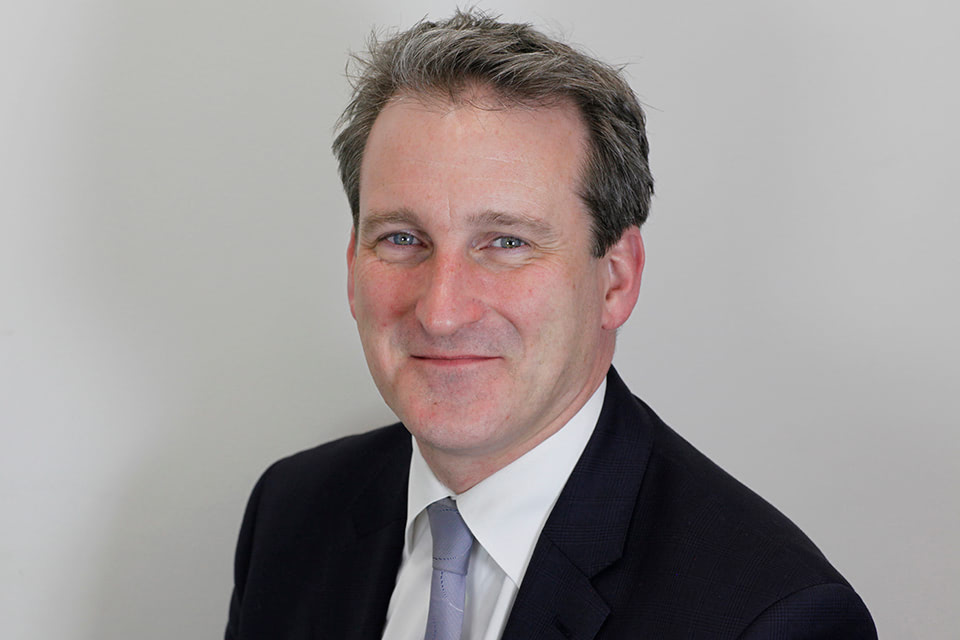
Education Secretary Damian Hinds addresses the NSPCC conference about online safety:
Thank you. Ladies and gentlemen, good afternoon. Have you ever been in a restaurant where you’ve seen somebody meeting up with old friends and taking a photo of the food in front of them? And it almost seems like the photo of the food is more important than the food itself. Or have you heard a conversation where somebody says, that was a really good walk. It’s just a shame I wasn’t wearing my Fitbit.
Or have you ever seen that thing, or even possibly done that thing yourself, standing on the pavement, looking at your weather app, and it says the weather’s fine. And you feel a raindrop on your head, and just for one split second you think, I wonder which one’s right?
Well, ladies and gentlemen, if we struggle sometimes with the blurring of reality that we get with technology, imagine how much harder it is for our children. And for kids growing up now, we have come a long way since Photoshop. Now it seems, sometimes that every photo might have some sort of filtering applied to it. The certainties of the world can’t be banked on anymore, and in the most acute cases have caused children falling victim to people who are pretending to be something and someone that they are not.
Now, at this point, before going too much further, it’s obligatory for the person standing on the stage to explain that he or she is not, in fact, a Luddite. And I do appreciate the huge potential that there is for technology both in education and further beyond. And actually, to be fair to me – and I’m keen on being fair to me – I think my CV actually bears out that I am not a Luddite and I have a lot of belief in the power of technology.
When I was a teenager – although this bit isn’t on my CV – I was what these days would be called a coder. We used to call it a programmer. I wrote games, and I even managed to sell a few – just a few – by mail order. When I did my first job, I went to work for the computer giant IBM, and I learned about some of the transformational effects that technology could have on businesses. And in the early 2000s, I found myself working at a hotel company running the e-commerce operation for the European division. And we set ourselves, at that time, a crazy target that one day, 10% of hotel bookings might be made on the internet. So, I do understand the power of technology, but these days I’m also concerned about some of its effects.
Those of you with children – and I guess, everybody here one way or another – works with children. You will know that you don’t really have to persuade kids to engage with technology. The challenge, usually, is to get them to disengage sometimes.
Actually, I want this generation growing up in our country to be the most techno-savvy generation we’ve ever known, but I also want it to be one of the most techno-savvy or the most techno-savvy groups of young people in the world, so we can make the most of the rapid technological revolution that we are seeing. So we’re putting quite a lot of resource, money – £84 million over time – and a network of hubs around the country to promote the learning of computer science. I want more kids growing up being masters of the machines.
But it’s not when young people are producers in technology that I worry about. It’s when they are… I need my clicker. I knew there was something I’d forgotten. It’s when they are consumers. And you will know that the amount of time that young people now spend on the internet is really quite significant. And how that manifests itself, you talk to teachers…
And when you talk to teachers, you hear this regularly, that teachers worry about the effect of the amount of time that kids spend online, on concentration, on sleep. Sometimes I hear teachers in reception year talking about the effect on school readiness. And later on in school careers it’s well documented, some of the issues that we have around mental health.
So although technology and the use of it can be incredibly beneficial to young people, there are definitely downsides. And I suggest it’s not just a question of what individual piece of content might we find harmful. Actually, I find, talking to parents and talking to teachers, they want a bit less time spent online.
And of course, the way that the various apps and so on are designed, they are designed with what’s called stickiness in mind. Because ultimately most apps of this sort rely on advertising revenue, of course you want to have people being as long as possible on your site. Shouldn’t be surprised about that. It’s a commercial motivation. But it does mean that kids are then spending longer on than we might like.
Look, kids have always enjoyed watching television or listening to music sometimes, for hours on end. But at least with children’s television, eventually you would get interrupted by either the end of children’s television programming for that day or some content which was factual or educational in some way. Now with the way that autoplay works, and the way that social media works, actually you’re not interrupted by anything at all. You can keep on going and keep on going round and round.
And, of course, it’s parents who ultimately are in control, but for parents, sometimes it’s just not as easy as it should be to exercise that control. I don’t know if I’m alone here. I will ‘fess up that when I myself have tried to use parental controls, it turns out to be not quite as straightforward as I would like to think I was capable of.
And even when you do master it, you discover that when you set a control on the hardware, it doesn’t necessarily translate over to the software. And if you set it on one app, it doesn’t necessarily translate over to another app. And I would like to see all of these things being made easier. I wonder why it’s not possible, actually, to have them as the default setting in many cases, that then you would adjust away from a restrictive parental setting, if you were so minded.
And we have good reason to be concerned and to want to do more. Because, although we think about the internet, rightly, as a global thing, actually it turns out we have a particular issue in this country. There was a new survey came out last week from the OECD. They call it TALIS survey, which looks across different countries and asks questions of teachers across a whole range of subjects.
And this was one of them. I don’t want to read too much into this, because it’s based on survey data. But nevertheless, the results for our country are so, kind of, out of line with the average for the countries surveyed, that they warrant further investigation and further thought. The frequency, the prevalence that head teachers responding to the survey in England said that they came across either instances of hurtful information being posted online or a student having unwanted electronic content – these were in secondary schools, I should add – was significantly greater than it was in many of those other countries.
So it’s natural that we want to make sure we’re doing everything we can to protect children and to make sure that childhoods can be as happy as possible. And when things go wrong on the internet, when they go wrong with social media, it’s really important that help is available, help and redress. And so organisations like the Diana Award and what they do on bullying is incredibly important. Internet Watch Foundation in terms of taking away some of the very worst material off the internet is very important, too.
But I think it’s also really important… And this is where the school system comes in, not on its own but along with other organisations, in building up resilience of children. And most of the building up of resilience is really about quite old-fashioned stuff. It’s nothing to do with technology at all. It’s about, you know, your self-belief, your ability to stick with a task, your focus on goals, your belief that you can do stuff. And when things do go wrong, being able to bounce back.
And, you know, I think in our school system, the development of character and resilience in this way is absolutely instinctive to teachers. It runs through their veins. But there’s many other ways, actually, that we can help build up character and resilience as well, everything from taking part in sport to joining a membership organisation to doing a Saturday job, all kinds of purposeful activity that helps to build up resilience.
And it’s closely related to, but not quite the same thing as, in some ways, a slightly more new-fashioned thing, which is about mental health and wellbeing. I say new-fashioned because we just have more focus on it now than we used to. We have more awareness of mental health issues. We are trying harder throughout society to help to support people’s mental health and wellbeing, and that goes for children as well.
So, in schools we are bringing in health education as a mandatory subject in both primary and secondary, and that’s going to include mental health education, from quite a young age. Starting to talk about, you know, how you cope with the ups and downs of life, self-regulation, being able to stop frustration turning to anger turning to rage. All the things that, hopefully, can help to keep relatively low-level mental health issues as low-level mental health issues.
We’re also running one of the biggest, or possibly the biggest ever trial of its kind in schools of various techniques and programmes to help to support children’s wellbeing, such as mindfulness. Obviously, you can tell, this is a Venn diagram. There’s a circle missing. There’s a third circle which goes here as well. So far, everything we’ve talked about, building up your character, your drive, self-belief and so on, all of it could help you to be good at all sorts of things, including some bad things.
But, of course, we want children to grow up with virtues and values. And this is particularly significant and important in the context of the internet and social media, because, you know, children are the victims of bullying on social media. They’re the victims of people saying nasty things. But of course, more often than not, it’s also children doing it. And so, if we are to make the internet and technology a friendlier kind of place, actually that’s a shared responsibility for everybody, in terms of how they, themselves, behave on it.
So, character and resilience, mental health and wellbeing, virtues and values. These are the core attributes, I suppose, that we tend to want all of our children growing up with. And they’re important, as well, when it comes to the use of technology and the internet. But I wanted us to go further, because I think the other thing which can really help to build up children’s resilience to problems online is to understand it as deeply as possible.
So, today, we are launching our new guidance on teaching online safety in school, and it is a fusion of parts of the relationships education curriculum, the citizenship curriculum, and the computing curriculum. And it’s based on the premise that if you really understand the technology, you’re less likely to get used by the technology. So, you know, you understand the anatomy of a URL. You understand an IEP address.
Actually, then, even when the technology changes, your knowledge is somewhat future proofed for how it will develop. But it’s not just about understanding technology, it’s about understanding technique. So, you know, we tend to quite often focus on the outputs, if you like, of bad stuff online, people trying to defraud you, people pretending to be someone they’re not, in the worse cases grooming of a minor. But actually, you’re more likely to not be a victim of these kind of things, and indeed what may come after them, because we don’t know what the successor to phishing will be, but there will be something else.
You’re more likely to have resilience, to have resistance to those things, if you understand how they come about. So understanding how network effects work on the internet, how somebody could manage to come across as being something or someone other than they are, how companies, kind of, work out how to target a particular advert for a particular product at you through tracking your behaviour online.
And at the very most elemental level, discussing and understanding what people’s motivations might be. Why people behave differently when they’re behind a computer screen than when you meet them in real life. Why companies want to get your information from you, get your data to be able to make a commercial advantage point. Why people might have an interest in spreading fake news. So in these ways, I think we can help to make people more resilient to things going wrong.
But, of course, it shouldn’t only be about building up young people’s resilience, and sometimes I hear from people who think this is the only thing you need to do. Make people aware of the dangers, help them to deal with them, get a sense of perspective, and that’s what you need to do. Well, that’s not how we deal with anything else in life.
We don’t say, well, of course people are going to try and sell you cigarettes. We just advise you to say no. You know, we don’t think that the most important, or the way to stop unwanted contact from adults is just to teach children to be wary of strangers. We do those things as well, to help to build up their resilience and their resistance, but we have to tackle harms at source.
And I suggest there are three big types of harm that we need to think about. Actually, there’s a fourth as well, which is really acute harms at the most extreme end, when we talk about child abuse, when we talk about terrorism. But beyond that, there are these three areas. And we hear quite a lot around worries around the promotion of, for example, suicide or eating disorder or self-harm. And that is, indeed a terrible thing, but there’s another level as well, which I call prevalence and normalisation.
So even if you’re not actively promoting some of these harms, just the very fact of more and more children coming into contact with information about it can have a damaging effect. I don’t know about you, but I managed to get through more or less my entire childhood without knowing much about self-harm, and I didn’t have that sheltered a childhood.
My worry is that with more and more children coming across more and more content, in every group there will be a certain percentage whose curiosity is pricked, and of that group there will be a certain percentage who want to take it further. And so, prevalence and normalisation we need to worry about more than we have in the past. And finally, there’s personal behaviour, and that’s what I was talking about earlier. The fact that, for children and young people, when we talk about bullying and so on, it’s also about the way that they behave.
So there is some great stuff going on. The online harms white paper in this country is truly, you know, world-leading, actually, and we hear that from other governments around the world. And I’m sure others will want to emulate parts of it, learn from parts of it, learn from what happens. And of course, we’ve got the regulator to come. I very much welcome the ICO’s consultation on Safer by Design, and also some of the wider debate that that has sparked.
Let me dwell for a minute, if I may, on age. And obviously we have different ages of which we consider children to become adults, but I think there is a risk in the phrase digital age of consent. It has a very specific meaning, to do with the GDPR regulations and the use of data, but we must be very careful not to think that there is something inherently different about the internet which means children should be protected in a different way or a lesser way than we would want to protect them in any other context in the world.
But I think we can and will go further. Ultimately, of course, the internet is a global thing. We have global institutions, these days, to talk about trade, talk about climate change, to talk about scientific cooperation. I think that we’re going to have to move towards, and we should move towards, eventually, having a global approach, global institutions looking at these issues around technology and young people.
And, of course, then there’s the tech companies themselves. There is legislation coming on the duty of care, but no one has to wait for legislation to do something. I want tech companies to be using their very clear and very extensive talents right now to be working out what more they can do to help to protect our children. I want them to be thinking about whether they can cooperate more with other companies to make parental control, make parental choice easier.
Maybe one of them will be really bold and stick out in front, and notwithstanding the competitive nature of these markets, maybe they’ll be bold and say, actually, we’re going to try and reduce the amount of time that children spend on our site by changing the design, by changing the way that it works.
I started talking about grownups, and it’s probably a good place to finish, because, of course, we set the context. And you’ll be relieved to hear I’m not here to start lecturing parents or anybody else, and if I did I’d be on extremely thin ice. My own New Year’s resolution was to put my phone away while I was sitting at the dinner table with my children. Which, by the way, itself doesn’t happen quite as often as I would like. But that when we had family time, there would be no phones involved. You ask my kids how I’m doing, they’ll say, Daddy’s doing pretty well. Give him seven out of ten.
That’s not really good enough, I realise. And actually, for all of us, it is difficult. You know, I remember when you would go to a concert and everybody would have a lighter in the air, you know? Now it’s a phone in the air. And I want to say to myself as well as to everybody else, let’s enjoy the moment. You know, the ability to record, to store masses of electronic data, does lead us down strange avenues sometimes.
You remember that film The Lives of Others, which showed the ridiculousness of the Stasi storing all these recordings and all these people, far more than anyone could ever possibly listen to. These days it’s more about the lives of ourselves. And we have 28,000 photos of our children at home. I’m not sure when we’re ever going to get round to looking at them all.
But at least, for us, for grownups, for everybody in this room, that’s a choice. What we’re talking about here, and why I’m so pleased that NSPCC is putting on this conference today, is about how the world is being shaped, the world into which our children are growing up. I think it’s difficult to overstate either the potential for good that there is from technology, or the risks and harms. I commend you for what you’re doing. I hope that what we’re doing in education, and particularly the new guidance that we’re issuing today, is going to have a positive effect, and thank you for the invitation.



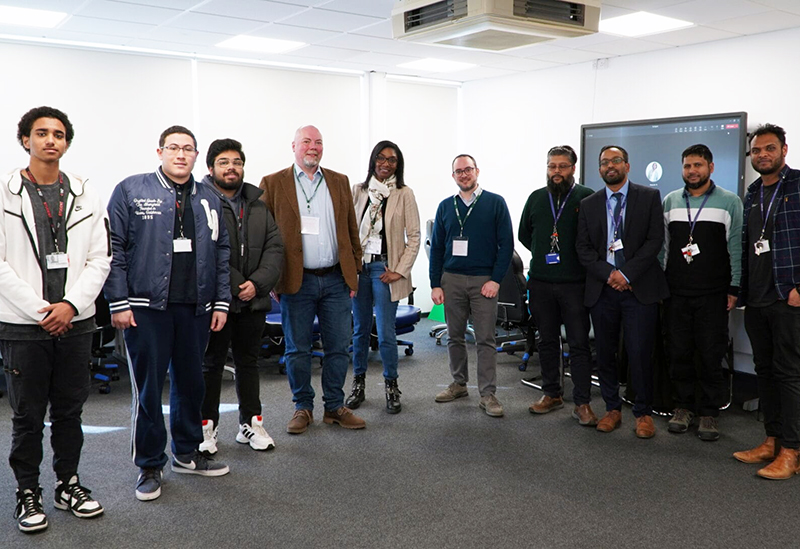
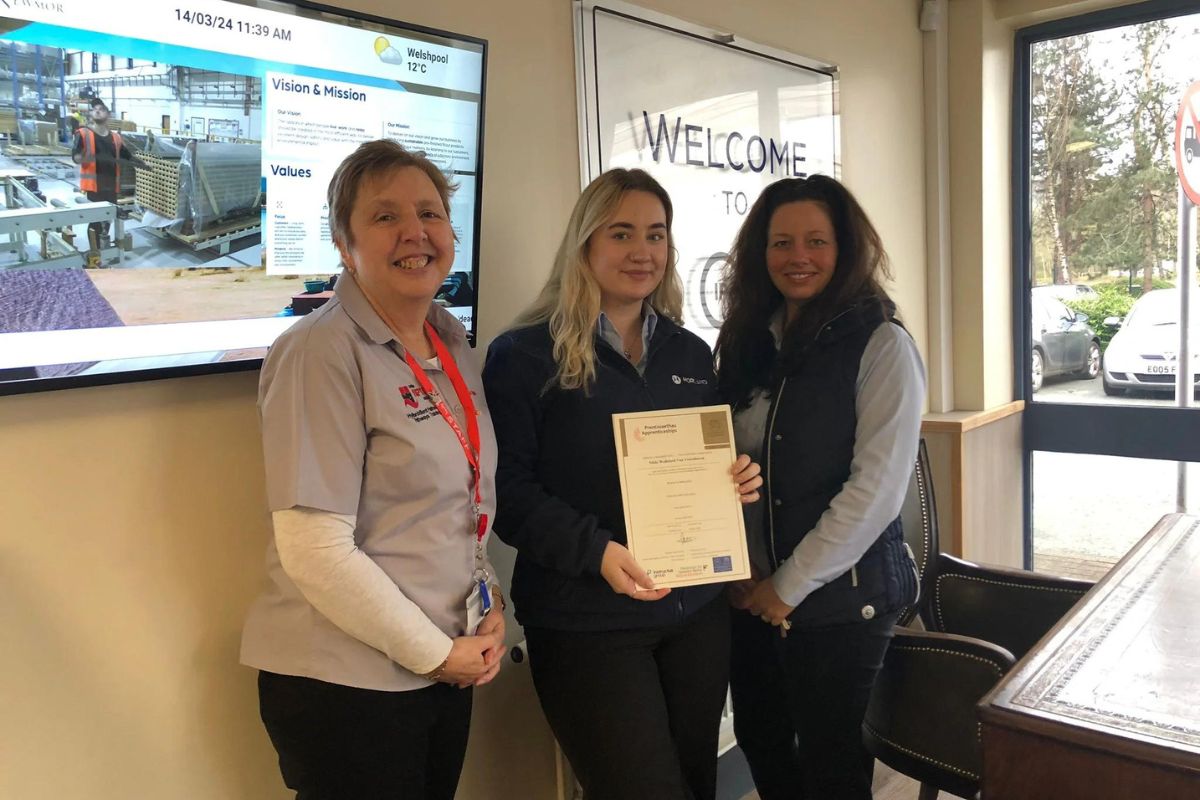

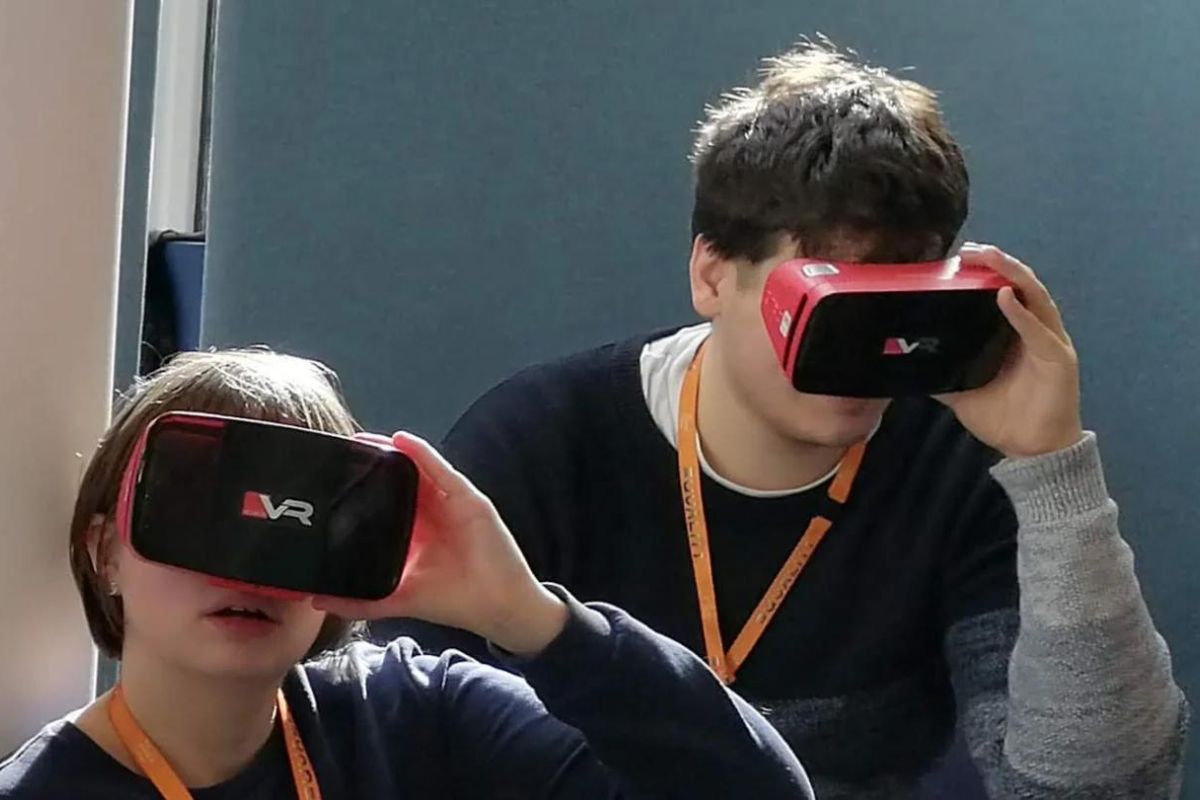
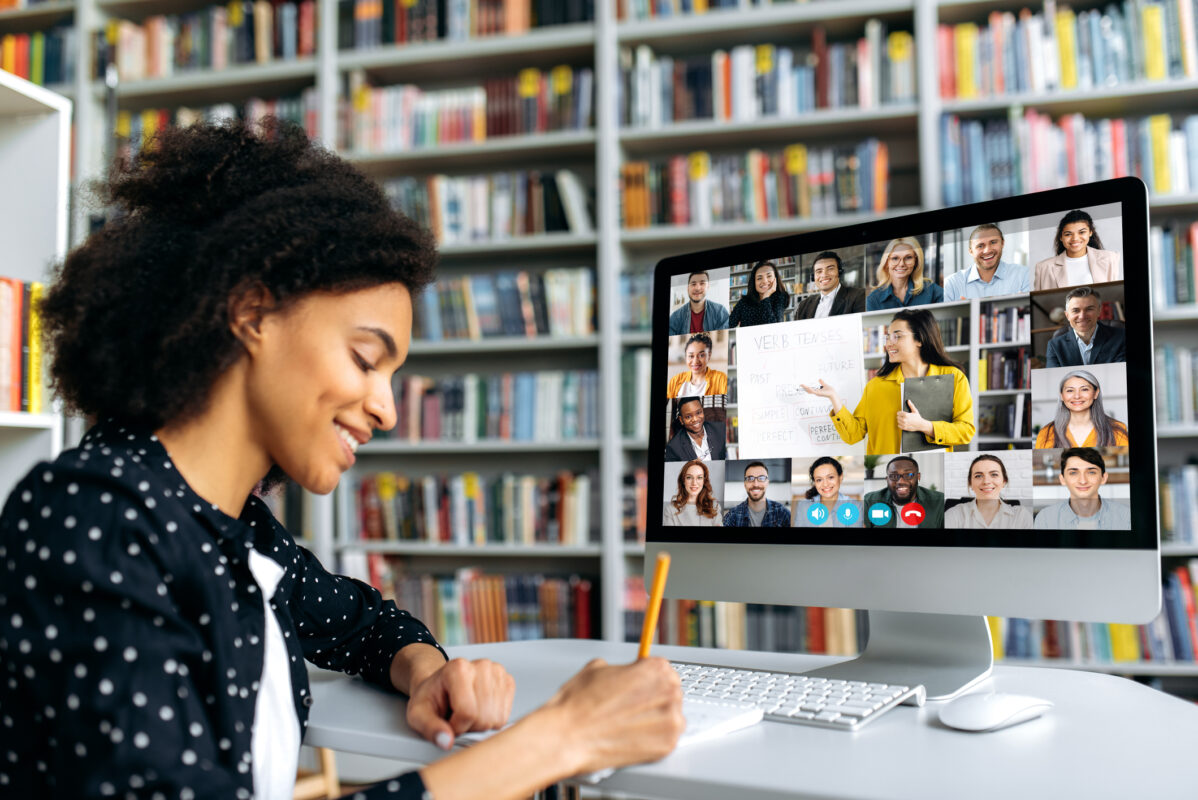




Responses